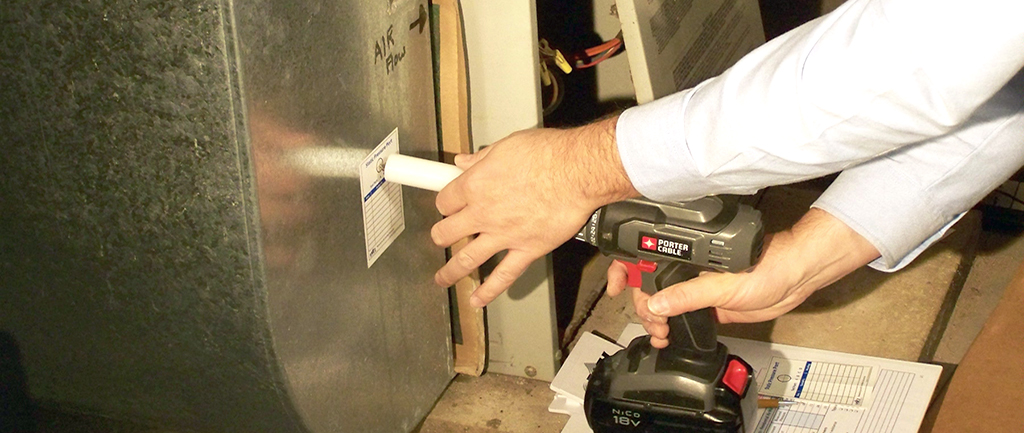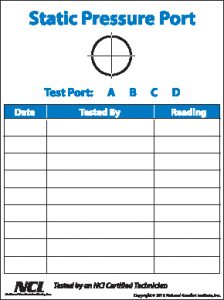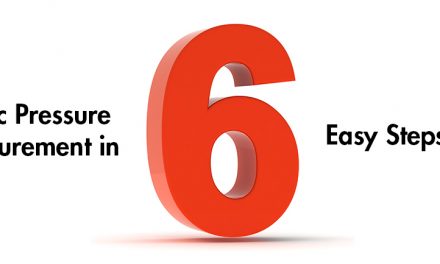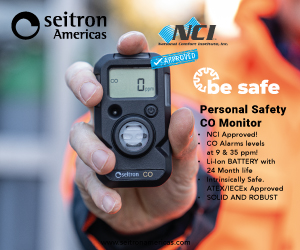HVAC test ports are necessary to measure the invisible operating properties of an HVAC system such as static pressure, temperature, and airflow, access is needed to the air side of the system. This includes the duct work and air handling equipment.
Gaining access to the air side means you’ll have to drill holes at strategic locations in the equipment and duct system. This single step often keeps technicians from testing. Fear takes over ‘ all they can thin about is what could potentially go wrong. Let’s look at the art of installing test ports into the air side of a system and ways to remove potential fears associated with this activity.
Why Install Test Ports Instead of Drill Test Holes?
The word you use makes a big difference in how customers perceive what you’re doing. Your words can either benefit you or create unnecessary risks to your customers, depending on how you say them.
Drilling test holes has a destructive tone to it. Homeowners really don’t want you drilling holes in their stuff. You’re likely to have a homeowner slam on the brakes to vital testing if you mention drilling holes in the same sentence.
On the other hand, installing a test port implies you’re adding a needed accessory to complete your job correctly and perform a proper evaluation. This is also a great time to address why the test ports haven’t been installed until now and how performing this service makes your company different.
Tools and Accessories You’ll Need
Please don’t consider using a hammer and scratch awl to do this. To correctly install test ports, you’ll need some basic tools and accessories that are likely at your disposal already. These include the following:
- Cordless drill
- 3/8′ pilot point drill bit with protective sheath ‘ for equipment and duct work
- Unibit ‘ for duct work only
- Small screwdriver or awl ‘ to pierce internal liner
- 3/8′ test plugs ‘ to seal your test ports
Practicing Test Port Installation
Once you have the needed tools and accessories, it’s time to practice test port installation. Practice is one of your greatest weapons in fighting fear associated with drilling into the air side of a mechanical system. Many of these fears are directly tied to the potential damage that could occur by accidentally drilling into an evaporator coil, heat exchanger, or electrical wiring. To build your confidence, practice these steps before going live:
Step One: Use Old Duct or Scrap Metal
Almost every company will have old duct work or scrap metal lying around; take advantage of this as you learn. Before you begin, firmly secure the duct work or scrap metal so it won’t move and start drilling. It’s that simple. Your first attempt might be a little rough but you’ll learn a lot from the experience.
You can use the 3/8′ drill bit with protective sheath or the unibit when practicing on duct work. With any type of work like this, always follow best safety practices. Metal shavings and raw metal edges can quickly hurt you if you get complacent with safety practices.
Step Two: Use Scrap Equipment
Most installers and technicians will easily pick up the duct side of test port installation. Once mastered, it’s time to move to the air handling equipment. This is the side that often takes time to build confidence.
Again, to build confidence, practice drilling scrap equipment. This helps you visualize where components such as coils and heat exchangers are and also helps you see how far the drill bit actually penetrates into the equipment. It’s recommended to use only a 3/8′ drill bit with protective sheath.
Common Mistakes to Avoid
Even with all the practice you can afford, there are still some common mistakes that are easy to make. Here are some of them:
- Using a drill bit with no sheath ‘ guaranteed to cause internal damage to the air handling equipment if the drill bit grabs and pulls in. The protective sheath will only allow the drill bit to pierce the metal approximately 1/4?.
- Pushing the drill bit with too much force ‘ this creates meat hooks and also ovals the test port causing your test plug to fit incorrectly. Let the drill do the work and apply light pressure while drilling.
- Not inspecting before drilling ‘ this step can prevent a lot of worry and prevent fears associated with potential damage. If a panel you need to drill can be removed, take it off and see what’s behind it.
Being aware of these mistakes can make your day go much smoother instead of having to repair a leaking coil.
The installation of test ports is a true sign of quality and professionalism. The one who installed them cared enough to measure the vital signs of the HVAC system. The sad fact is if test ports aren’t installed in a system, true performance has never been measured and verified. It was nothing more than a guess.
David Richardson serves the HVAC industry as a Curriculum Developer and Trainer at the National Comfort Institute. NCI specializes in training focused on improving, measuring, and verifying HVAC and Building Performance.
If you’re an HVAC contractor or technician interested in learning more about measuring system performance, contact David at 800-633-7058. NCI’s website NationalComfortInstitute.com,’is full of free technical articles and downloads to help you improve your professionalism and strengthen your company.












Recent Comments